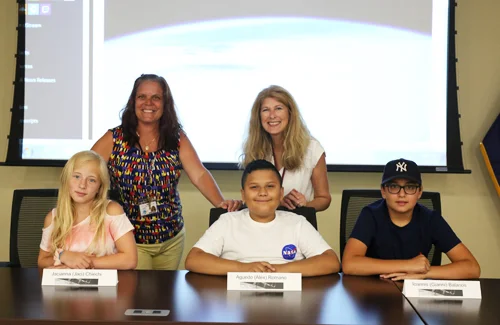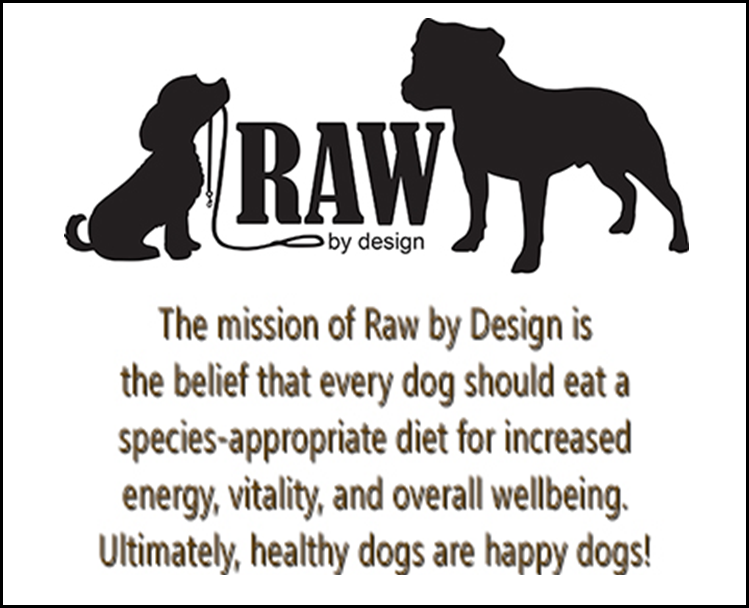Kids’ Project Spacebound
/South Huntington rising 6th graders Gianni Balanos, Jacianna Chiechi, Alex Romano, Christina Rosploch, and Jancarlos Silva sent their experiment to the International Space Station.
By Sophia Ricco
sricco@longislandergroup.com
An experiment developed by South Huntington students to aid astronauts in space is taking a trip to the International Space Station this summer.
Rising sixth graders Gianni Balanos, Jacianna Chiechi, Alex Romano, Christina Rosploch and Jancarlos Silva devised an experiment to remedy digestion issues astronauts may face in microgravity. They were chosen for the Student Spaceflight Experiment Program (SSEP) that partners with NASA under the Space Act Agreement, dedicating time and resources to student experiments. After learning about the stomach discomfort space causes, the students were curious if probiotics, a beneficial bacteria for digestive health, could reproduce in microgravity.
“Science is all about engineering,” South Huntington’s supervisor of data and STEAM initiatives, Marijean Scardapane said. “They are engineering solutions to the problems they identify.”
Despite numerous delays, Space X 18 took off on July 25 at 6:01 p.m. from Cape Canaveral in Florida. Students viewed the rocket launch online, along with family and school officials.
On board was there experiment, sent into space in a “mini-lab” transport tube. Tasked with making the project compact, the students divided the tube into sections, containing a probiotic capsule, non-refrigerated milk and an unopened capsule. They have instructed the astronauts to “shake well,” which will mix the bacteria and nutrients together.
“They want to see what happens to the healthy bacteria that’s in the probiotic capsule,” Scardapane said. “If it survives and thrives in the zero gravity environment of space, as compared to what happens to it on Earth.”
When South Huntington was asked to submit an experiment to SSEP, they enlisted fifth through seventh grade classes to design space-related studies. It fit into the students’ science curriculum, that explores space travel, zero gravity and outer space.
“This is the way you want kids to do science,” Scardapane said. “You don’t want kids sitting with a textbook. This is a way to work how a real scientist works… Even with the kids dealing with the delayed launches, this is what happens in the real space program.”
As students learned more about the conditions of the International Space Station, they researched and developed impactful theories that would benefit astronauts or further travel. Working in groups, 451 students competed to send their experiment into space. The proposals were judged and narrowed down to the top three by Farmingdale University, before they were sent to SSEP. The winning group from Barbara Wright’s fifth grade class hope the probiotic will thrive in space and help astronaut’s stomachs feel better.
“These are experiments designed to try to solve problems that astronauts really encounter in space,” Scardapane said.
Starting in September, the students spent months establishing and advancing a hypothesis that they would test and adjust. In the proposal, they had to prove they could assess collected data.
“They went to the high school to learn how to use a high power microscope, knowing they’ll need to examine the bacteria when it comes back,” Scardapane said. “They worked with the teacher who runs our research program so they could learn the correct way to evaluate data.”
The students will monitor the experiment through astronaut logs, that can be accessed on NASA’s website, under SSEP Mission 13. The experiment won’t develop until the end of August, but students plan to stay updated with the other 41 flight student experiments.
“They’re not done yet,” Scardapane said. “They still have to run the experiment, evaluate it, and present their findings at a conference in the Smithsonian. It’s a wonderful opportunity.”






